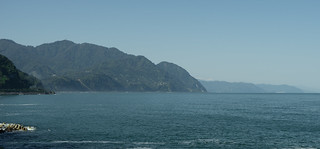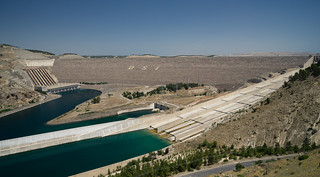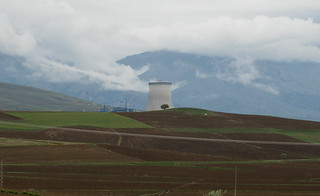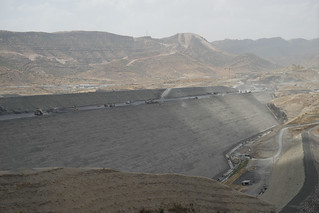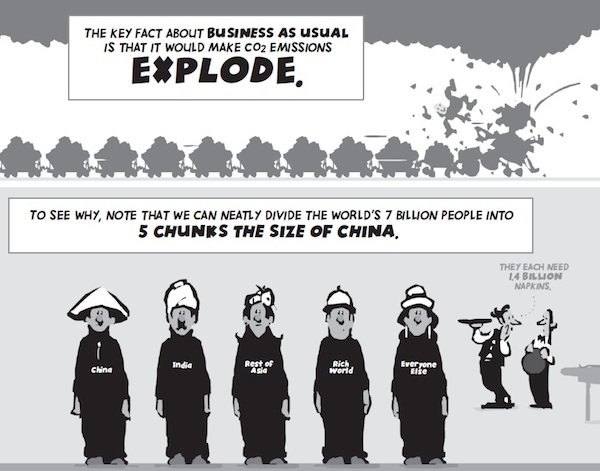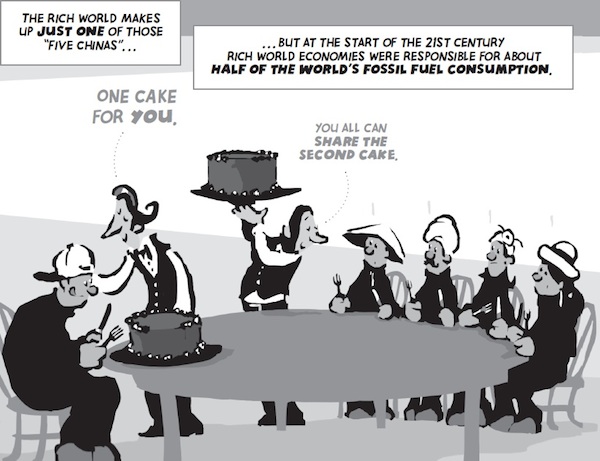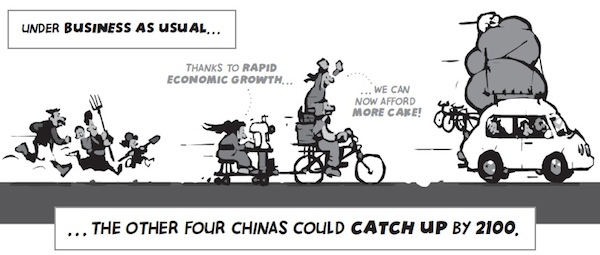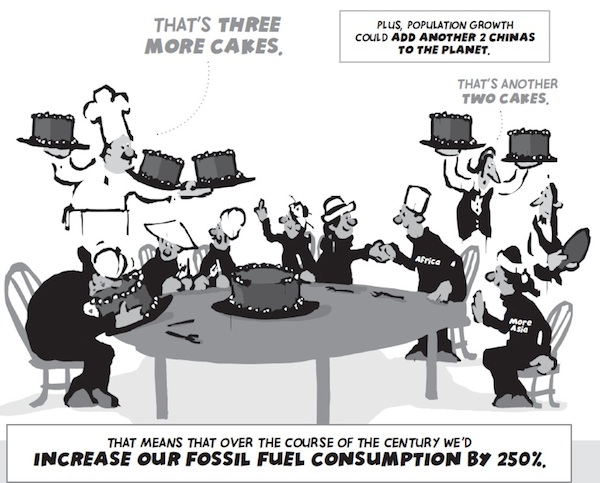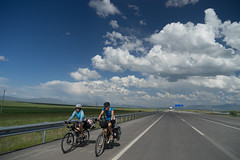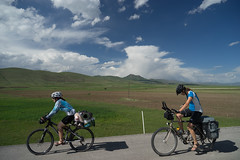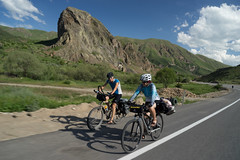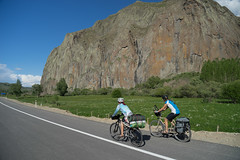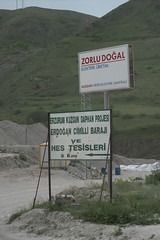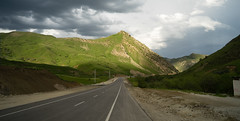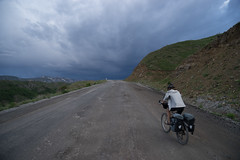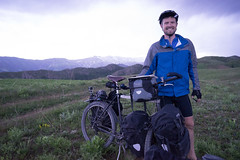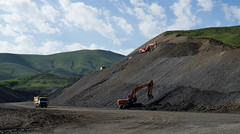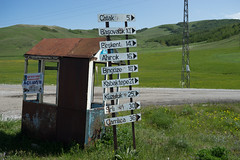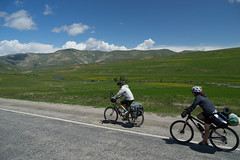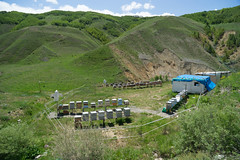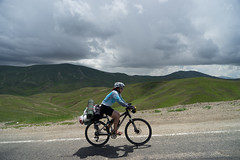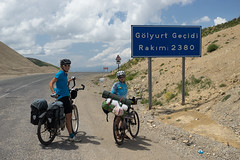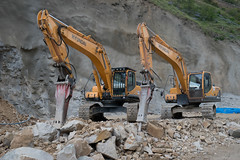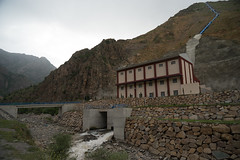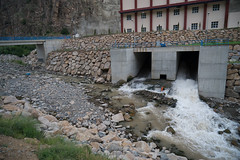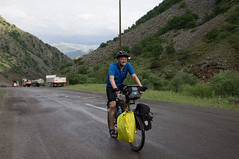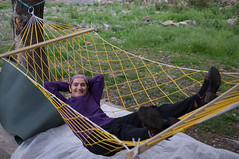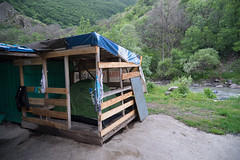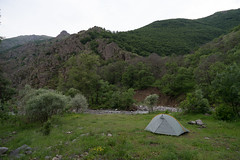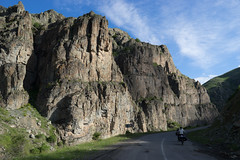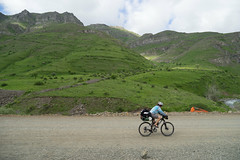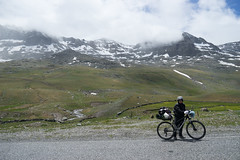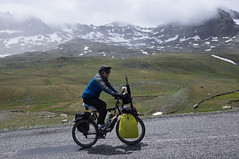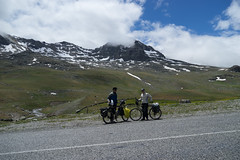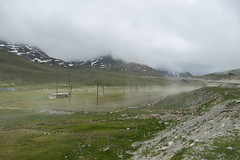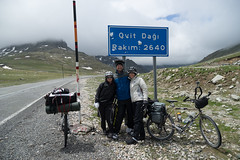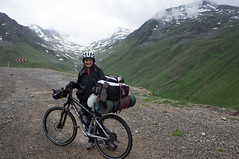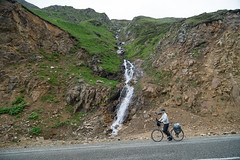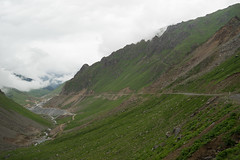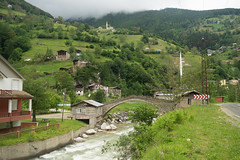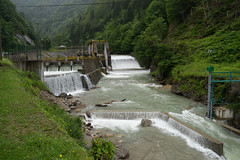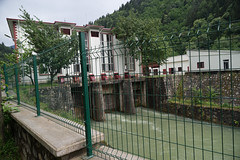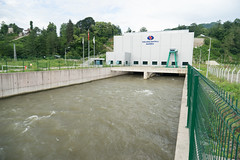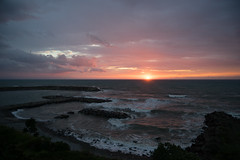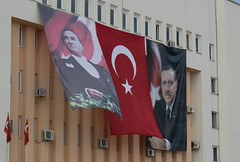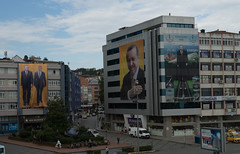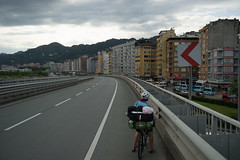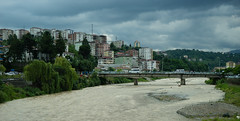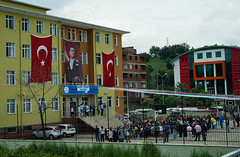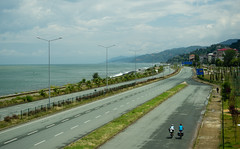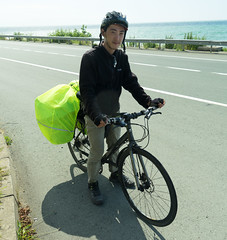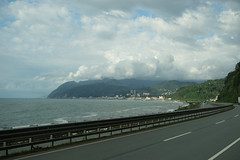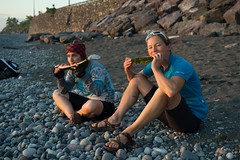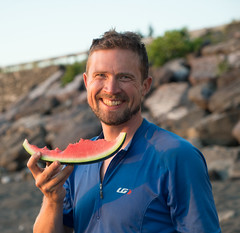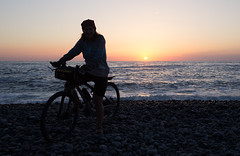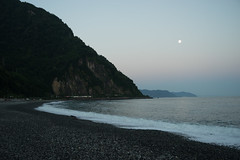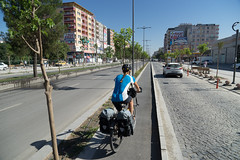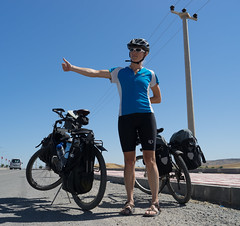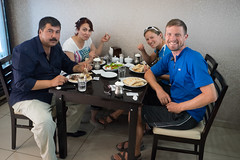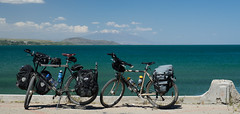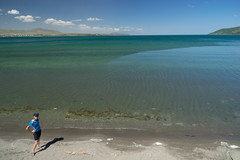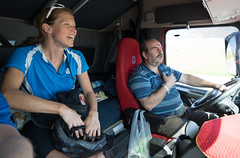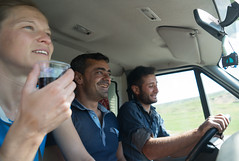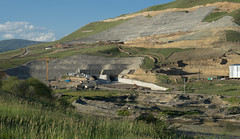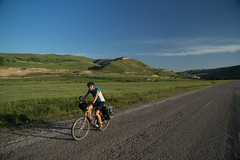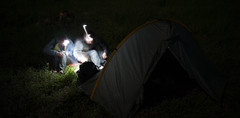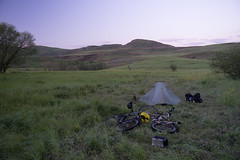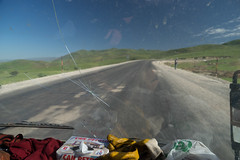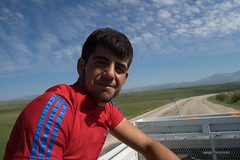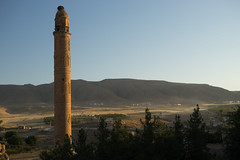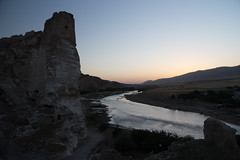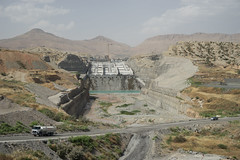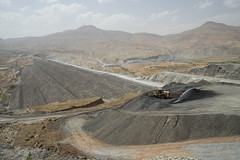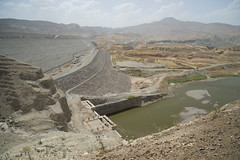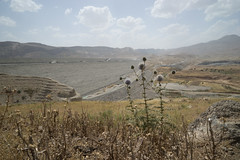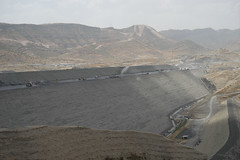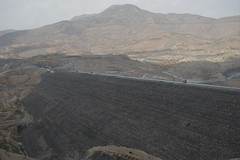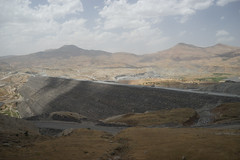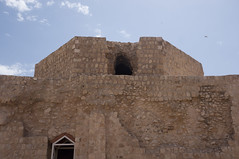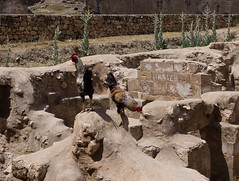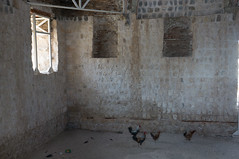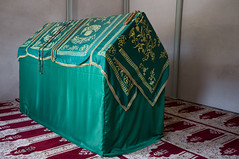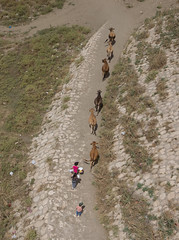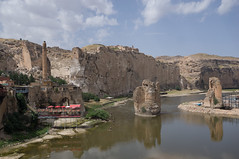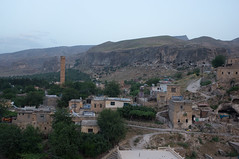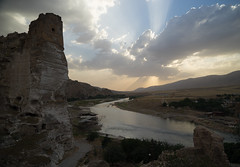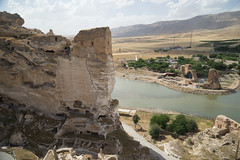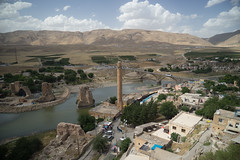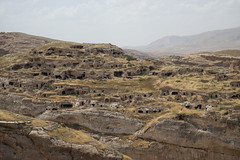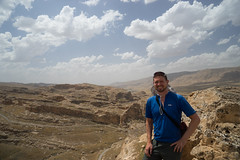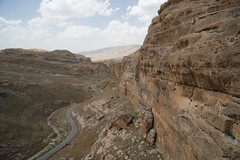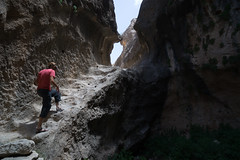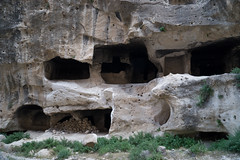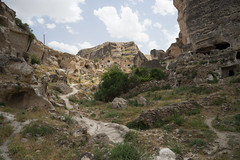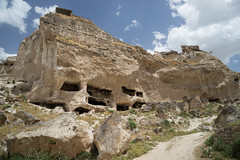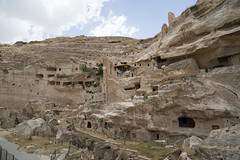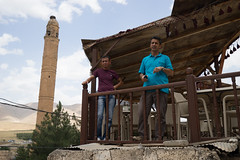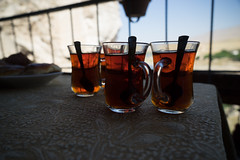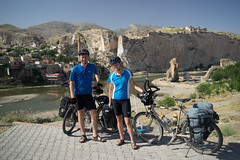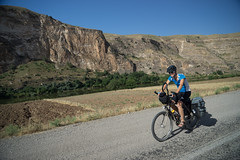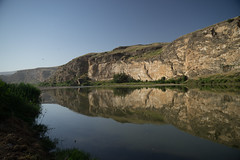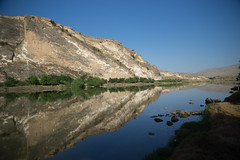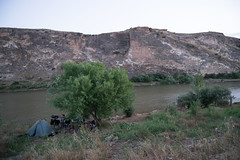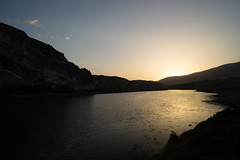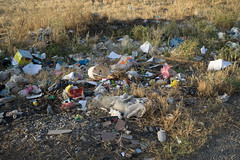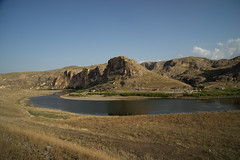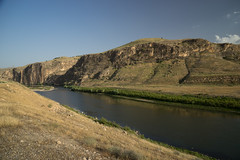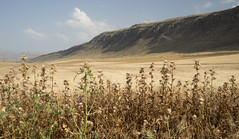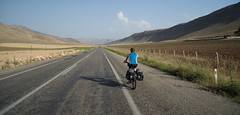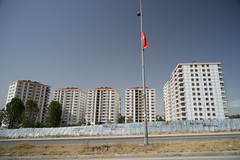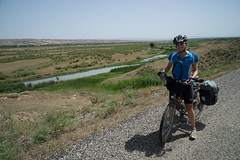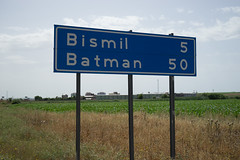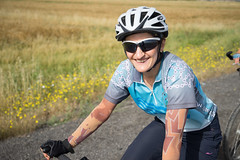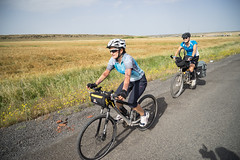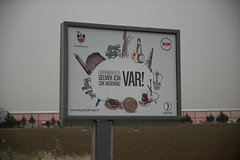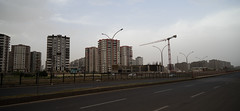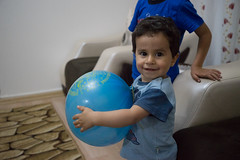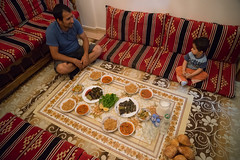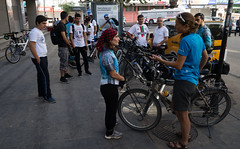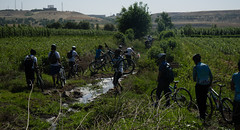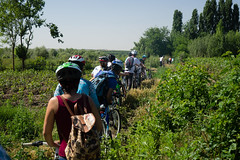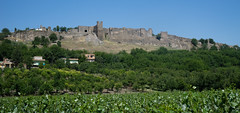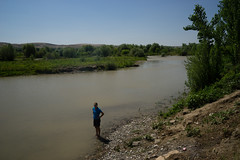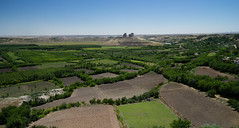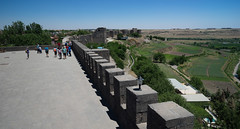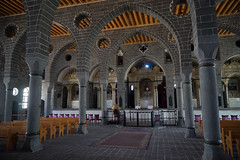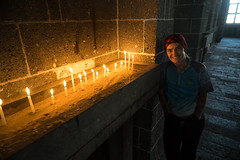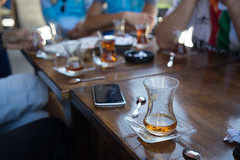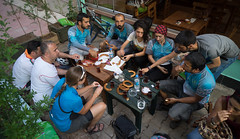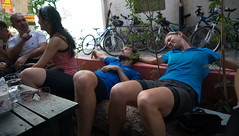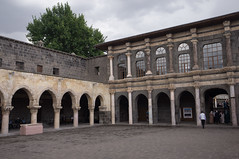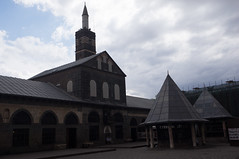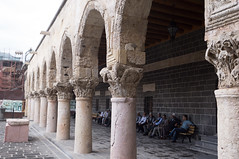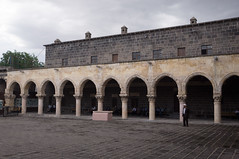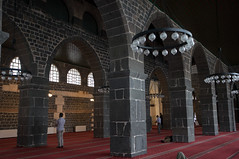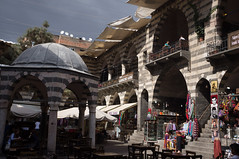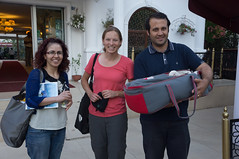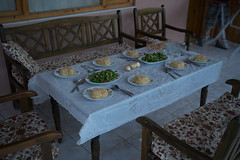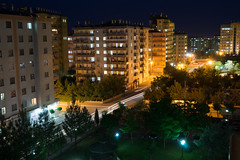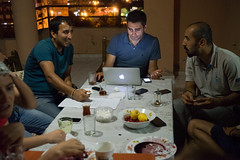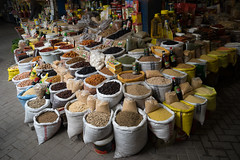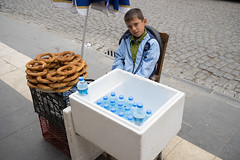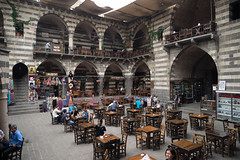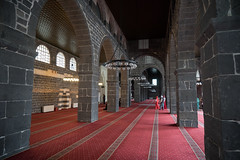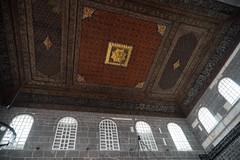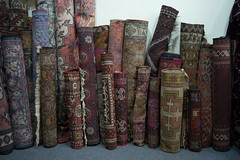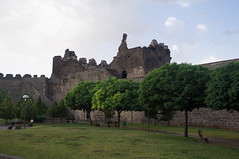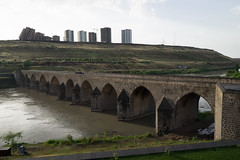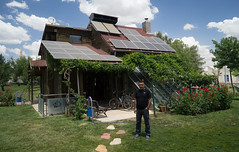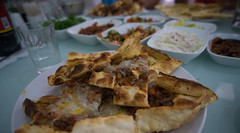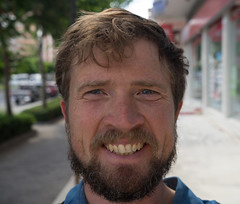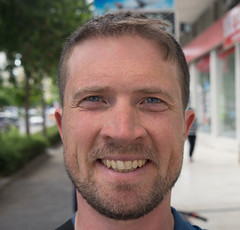I’m writing from Baku, which Lindsey and I have reached after two months and 3,442 km of biking (2,136 miles). In these two months, we’ve stayed at the homes of 16 different individuals/families – of Turkish, American, Kurdish, Georgian, Dagestani, and Azerbaijani nationality. We picked up a significant amount of Turkish (which is fortunately very similar to Azerbaijani), although our Georgian and Russian (and Dagestani) are fairly limited to “hello” and “thank you.”
One question people have asked me, and one question I ask myself, is how does this journey compare to my last one, from California to Argentina – a 16,000-mile 17-month solo ride across 16 countries. The obvious difference is that I am riding with Lindsey, and that this trip is partially our honeymoon – it’s something that we’ve talked about doing together ever since our Eastern Europe trip. This trip is about bicycle adventure, and it is about climate change, but first and foremost, it is a trip Lindsey and I are taking together.
Riding across Latin America, I often found that I preferred riding alone because it was easier for people to invite me into their homes, and I met more people as a result. Riding as a couple, though, appears to make it no less difficult to meet people – and I sometimes think it makes it easier. Moreover, because we don’t speak the language here, having a partner makes communication a bit easier (we can divide up the tasks of looking up words in the dictionary – and Lindsey is better at language than I am, which makes it easier for me…).
In general, there is more diversity in this region of the world. Yes, there’s incredible diversity within Latin America, especially among the countless indigenous peoples. But the entire region (with the exception of a few small countries) is made up of Catholic, Spanish (or Portuguese, which is very similar to Spanish) speaking countries, all of which were once colonies of Spain or Portugal.
Here, in Western Asia (or far-Eastern Europe, depending on who you ask), we’ve already encountered numerous languages, including Turkish, Kurdish, Georgian, Svaneti (spoken in the mountains of Georgia), Azerbaijani, and Dagestani. Many people also try to talk to us in German, because they think we’re from Germany, or Russian, because that was the “lingua franca” of the former Soviet Union, and most older people in former Soviet Republics speak Russian. As a result, although we’ve been invited into people’s homes almost as frequently as I was in Latin America, our conversations have been very limited. Almost every family calls a friend or family member who speaks English, and hands us the phone to translate. Unfortunately, this rarely works well; the person on the phone usually doesn’t speak well enough for a good conversation. We’ve also, remarkably, had access to Google Translate in a number of situations, which works better than the friend-on-the-phone method. It has worked well enough to ask people whether they think winters are warmer or colder than they used to be. (Most say warmer.)
The diversity in language reflects diverse cultures. We biked through two Muslim countries (Turkey and Azerbaijan) and one Christian (Georgia, which was the second country to convert to Christianity, in 337 AD). Traveling in a Muslim country is very different than a Christian one – especially in villages, where all women wear headscarves, and where social norms discourage men and women from talking to each other. It was strange for us, for example, to stay with families where a man would invite us in and his wife would cook us dinner, but we would never talk to her and she wouldn’t eat with us.
We’ve also learned about the many conflicts over borders and sovereignty, and learned of forced migrations and wars we had never heard of before. The past century has been tough on the region. In the aftermath of World War I, Greeks were forcibly removed from Turkey (mostly in the west), and Armenians were violently expelled (mostly from the eastern part of the country). The nation of Armenia, with its land much reduced, went to war with neighboring Azerbaijan. Just a few years later, the USSR invaded Georgia, Azerbaijan, and Armenia, bringing a temporary end to border disputes. As the USSR collapsed, Armenia and Azerbaijan fought again, and some 800,000 or so Azerbaijanis were displaced from the disputed territory. Many Armenians were also forced to leave their homes. In Georgia, violent struggles have been fought over two provinces, with Russia effectively taking control over them. (I wanted to take a route through the mountains from Svaneti to Tbilisi, but we were unable because the road goes through the break-away province of South Ossetia, whose border is closed and which is controlled by the Russian army). There are many conflicts I’ve left out here – these are just the ones that we learned about through our conversations and reading as we traveled, and my summary here is very simplified. These histories have highlighted just how much more complicated the world is than is suggested by the lines on a map.
The outreach component of this trip is very different from my last one, partially because of the language barrier. On my last trip, I did all I could to draw attention to climate change, giving nearly 100 talks at schools and community centers. Here in Asia, we don’t speak any of the languages, making outreach much more difficult. We’re not seeking out reporters or giving as many talks. Instead, we’re focusing mostly on talking to both experts and everyday people about what climate change means for the regions we bike through. We see this as more of a learning and sharing expedition than a strict awareness-raising one.
With regards to climate change, my most important realizations from the trip through Latin America were about poverty. Staying with people in the countryside who lived at the subsistence level forced me to think about the relationship between poverty and climate change in new ways.
On this trip, in Western Asia, we’ve encountered less abject poverty than I did in Latin America. Turkey has a booming economy, and most of the time we asked ourselves about economic growth and climate change. The country is going to nearly double its electrical power production in the next ten years, and it is building infrastructure that will be there for decades. The rate of economic growth will change as we travel east to nations much poorer than those of Latin America, but for now, it is a big difference.
Climate change is also a lower priority here, it seems, than in Latin America. According to a 2010 poll by Gallup, Latin Americans are some of the most concerned about climate change of any people in the world – according to the survey, of people who had heard about climate change, more than 80 percent in most countries thought it was a serious threat to their or their family’s livelihood. Here in Turkey and the Caucasus, the figure is less than 50 percent for the countries we’ve passed through so far. And, as we’ve found from talking to environmentalists, the issue doesn’t seem to get significant attention from either environmental advocates or government agencies.
Despite this, when we have asked people if the climate is changing, the response has been more unanimous than I experienced in Latin America. Especially in Turkey, most people we’ve talked to say that it is getting warmer, and that there is less snow than there used to be.
Finally, I feel like less of an activist than when I set out from California on my original Ride for Climate. I think that is part of the inevitable process of aging. Maybe I’m less idealistic, but the world also feels more complicated, and I’m actually less sure of what I can say to make a difference. This is partially because the past five years of being a climate advocate have been extremely frustrating, from Copenhagen to the widening partisan divide on climate change in the U.S.
I also believe that the hard work of taking action on climate change begins at the local level. We aren’t going to make a big difference by simply writing about the issue on our website while traveling across far-away places, or even giving a series of presentations here or at home. Big differences are made by people who build social movements, and work for sustained amounts of time within communities and organizations – long adventures can inspire and raise some awareness, but what we need now is action and movement building.
We hope that sharing what we learn on this trip – through this blog, through videos, and through presentations when we return to the U.S. – will help encourage this action. But we also understand that it is a very small part of what needs to happen.
We will now get on a boat and cross the Caspian Sea. We have not yet seen the boat we will take, but it will be a cargo ship that should take 20 or more hours to motor across the inland sea. Then our journey will continue in the Central Asian countries of Kazakhstan, Uzbekistan, and Tajikistan.







